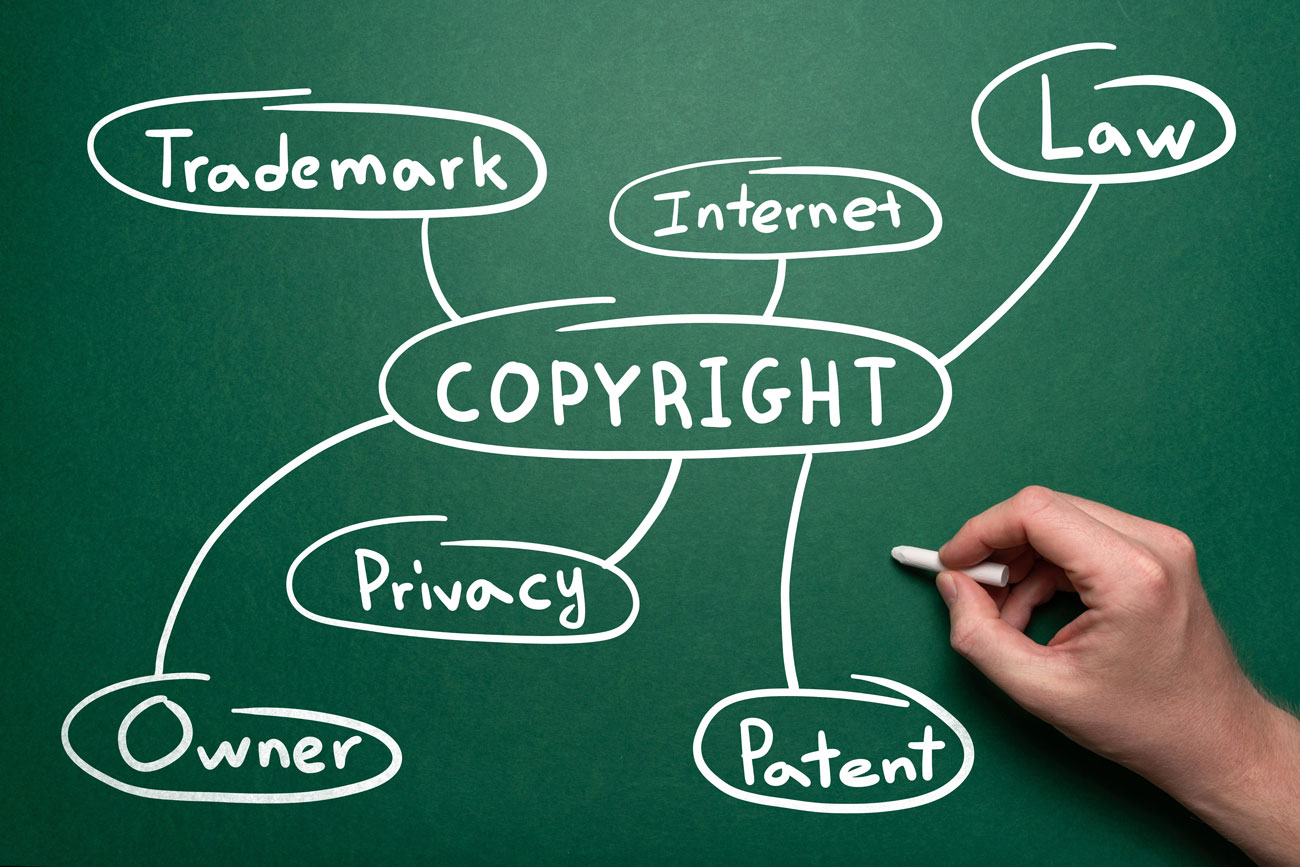Intellectual property law may seem like an obscure, complex area that only specialists need to understand. However, in today’s knowledge economy, intellectual property rights are essential for businesses and individuals alike. They protect creative and innovative work, adding immense value and facilitating commercial success. This blog post will provide an overview of the basics of copyright, patent, and trademark laws.
1. Copyright
Copyright is a form of protection provided to authors of “original works of authorship” including literary, dramatic, musical, artistic, and certain other intellectual works, both published and unpublished. The copyright holder has the exclusive right to reproduce, distribute, perform, display, or license their work.
For example, if you write a novel or create a piece of artwork, you automatically hold the copyright to it. You have the right to control how it’s distributed and reproduced, and you can take legal action against unauthorized use.
2. Patents
Patents are granted by the government to inventors, giving them the right to exclude others from making, using, or selling the invention for a set period of time. They apply to new and useful processes, machines, manufactures, or compositions of matter, or any new and useful improvement thereof.
In essence, a patent gives you a temporary monopoly over your invention. It can be a powerful tool for startups and inventors to protect their innovative products or processes.
3. Trademarks
A trademark is a recognizable sign, design, or expression which identifies products or services of a particular source from those of others. Trademarks ensure that consumers can distinguish between products on the market and prevent confusion.
A strong trademark, such as a well-known brand logo or a distinctive product name, can be a powerful asset for a business. It distinguishes your products or services from your competitors and can symbolize reputation and goodwill.
Protecting Your Intellectual Property
In an era where information can be easily copied and disseminated, intellectual property laws provide crucial protection. However, protecting intellectual property requires active management.
- For copyright, protection is automatic, but enforcing your rights often requires registration.
- For patents, you must apply and be granted a patent by the U.S. Patent and Trademark Office (or your country’s equivalent).
- For trademarks, rights can be established through legitimate use of the mark. However, registering the mark with trademark authorities provides stronger protection.
The world of intellectual property law is complex and ever-changing, especially in today’s digital age. Therefore, it’s always advisable to seek professional legal counsel to protect your creative works and innovative ideas effectively.
